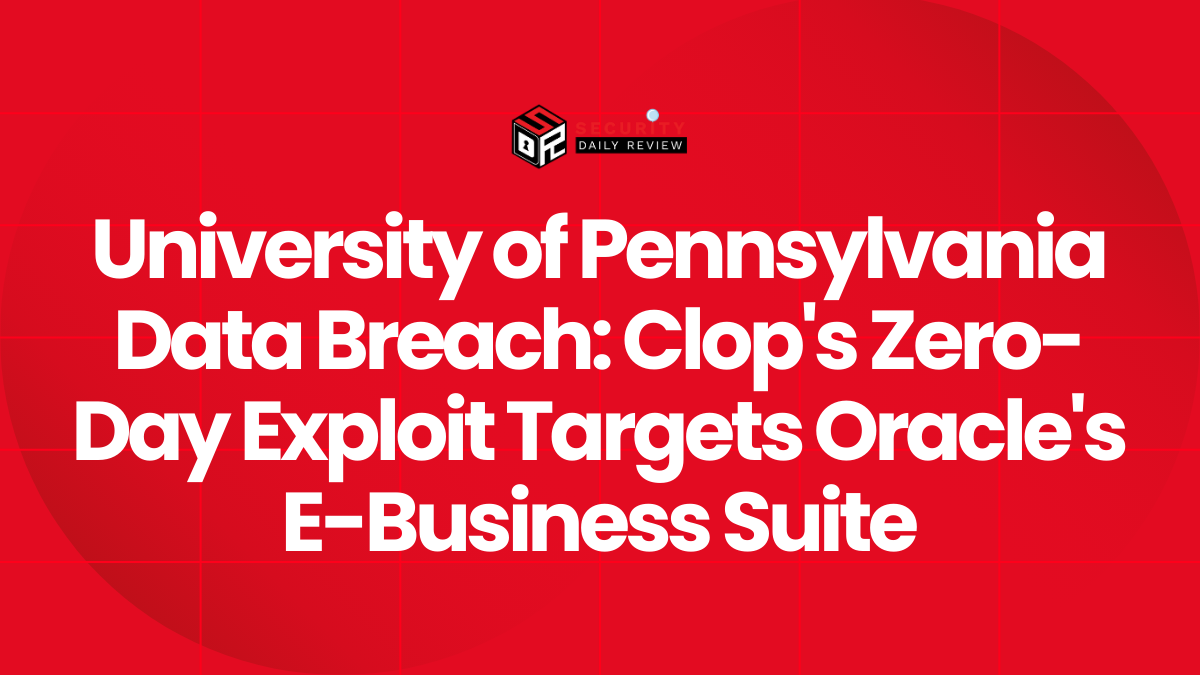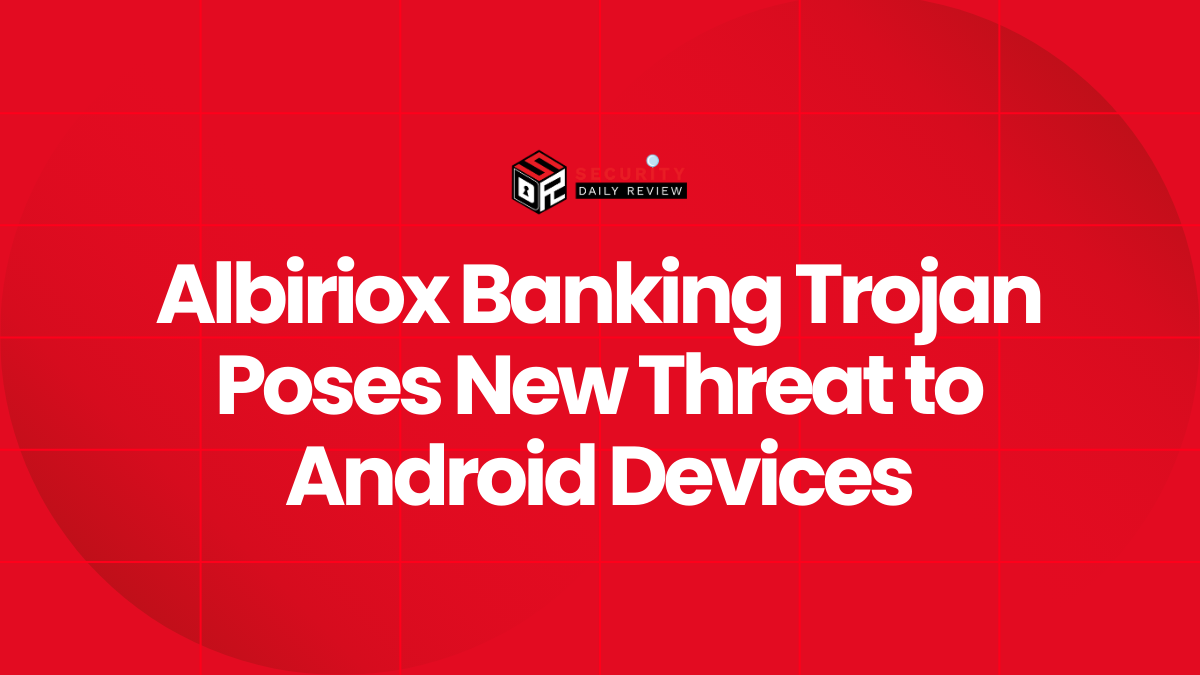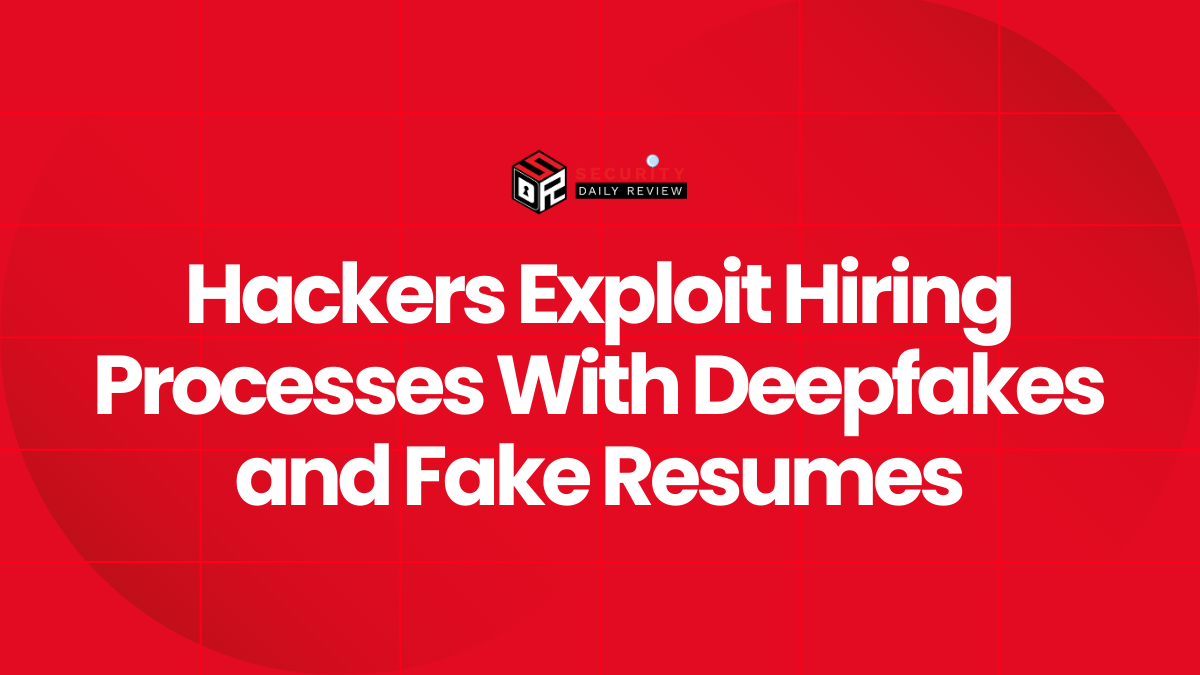Security researchers have confirmed that Fortinet has silently patched a zero-day vulnerability in its FortiWeb Web Application Firewall (WAF), a flaw that was reportedly exploited in the wild before the fix was disclosed. The minimal communication around the issue has raised concerns in the cybersecurity community regarding transparency and timely mitigation guidance for actively exploited threats.
Silent Zero-Day Fix Draws Scrutiny from Security Community
Fortinet Patched the Flaw Without Public Advisory
The vulnerability, which impacts Fortinet’s FortiWeb devices, was patched quietly in the recently released FortiWeb versions 7.0.7 and 7.2.2. This security flaw—categorized as a zero-day due to reports of active exploitation before disclosure—was fixed without a detailed security advisory or CVE (Common Vulnerabilities and Exposures) designation at the time of patch release.
Cybersecurity experts note that Fortinet has a history of offering timely software updates but has occasionally delayed public advisories for high-risk flaws. In this case, FortiWeb users were not explicitly warned of associated exploitation risks until threat intelligence firm WatchTowr identified the issue and observed in-the-wild exploitation attempts.
Details of the Vulnerability Remain Limited
No CVE or Technical Breakdown Released
As of now, Fortinet has not assigned a CVE ID, nor has the company released a technical breakdown of the vulnerability, consistent with previous instances where Fortinet delayed full disclosure until a broader software patch rollout was complete. The absence of detailed guidance complicates risk assessment for enterprises that rely on FortiWeb as a perimeter defense for their web applications.
WatchTowr researchers revealed they were able to reverse-engineer FortiWeb firmware updates, identifying changes that implied remediation of an unnamed critical issue. Their analysis suggests that malicious actors had already begun probing exposed FortiWeb instances, likely leveraging this flaw for remote code execution or bypasses of WAF protections.
Exploitation in the Wild Highlights Operational Risks
Late Advisory Could Leave Systems Exposed
Active exploitation of any zero-day imposes serious operational risks, particularly when no official advisory is issued at the time the patch is released. Organizations unaware of the security implications may delay or deprioritize patch installations, leaving mission-critical assets vulnerable.
Fortinet did subsequently update its advisory database to include FortiWeb updates with generic patch notes. However, those updates referred to “security hardening” without directly acknowledging an in-the-wild exploit, making it difficult for security teams to recognize the urgency of the fix.
Security Teams Urged to Prioritize FortiWeb Updates
WAF Devices Often Underestimated as High-Value Targets
Web Application Firewalls, such as FortiWeb, are often overlooked in patch management cycles compared to endpoints and core infrastructure. However, they remain high-value targets for attackers because they guard access to web applications that often handle sensitive data.
WatchTowr emphasized that organizations running FortiWeb should:
- Immediately apply updates to versions 7.0.7 and 7.2.2
- Conduct traffic analysis for signs of post-compromise activity
- Strengthen their monitoring of WAF logs, particularly for anomalous requests
The situation reiterates the importance of applying defense-in-depth and maintaining strong vulnerability management processes, especially for perimeter-facing security devices.
Questions Raised About Vendor Disclosure Practices
Transparency Matters in Active Threat Scenarios
Fortinet’s decision to remain silent on a critical zero-day has drawn criticism from security professionals who stress that known, exploited vulnerabilities warrant immediate, full disclosure. Without transparent communication, defenders may not have the context necessary to assess and respond to threats effectively.
This incident echoes similar debates around coordinated disclosure timelines and raises a broader industry concern: how vendors balance security with the fear of operational panic or exploitation amplification. As exploitation becomes more commoditized, particularly by sophisticated threat actors, the window between discovery and weaponization continues to shrink.
In the wake of this case, enterprises are urged to monitor vendor release notes carefully—even those with minimal details—and treat firmware updates for critical infrastructure like WAFs with an appropriate sense of urgency.
Trust and Transparency Are Key in Application Security
The FortiWeb zero-day vulnerability episode reinforces the importance of not just timely patching but also clear, transparent communication between vendors and their customers. With web application firewalls positioned as gatekeepers for enterprise applications, delayed disclosures can pose a systemic risk. As exploitation of zero-days becomes more common, vendors must balance the need for technical secrecy with the imperative to protect their user base from real-world threats.
Enterprises should not assume that quiet firmware updates are routine. In today’s threat landscape, every update should be scrutinized, and threat intelligence should drive patching priorities—especially for devices on the frontline of defense.









